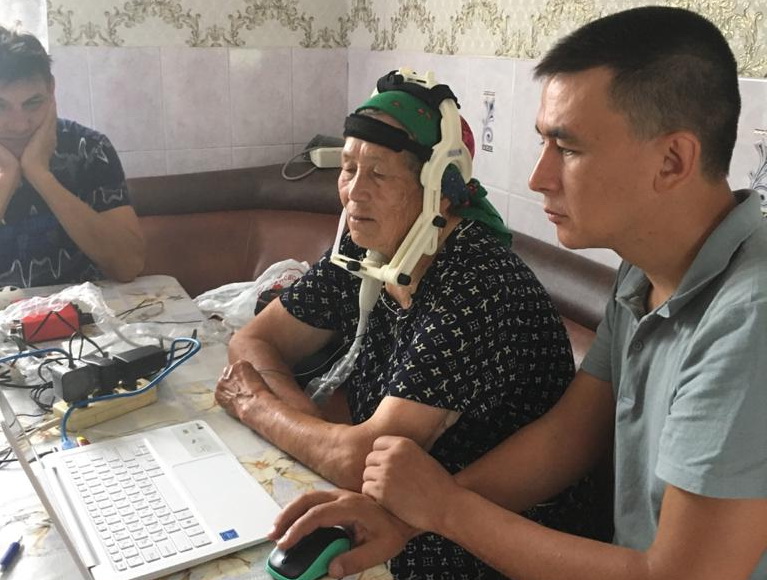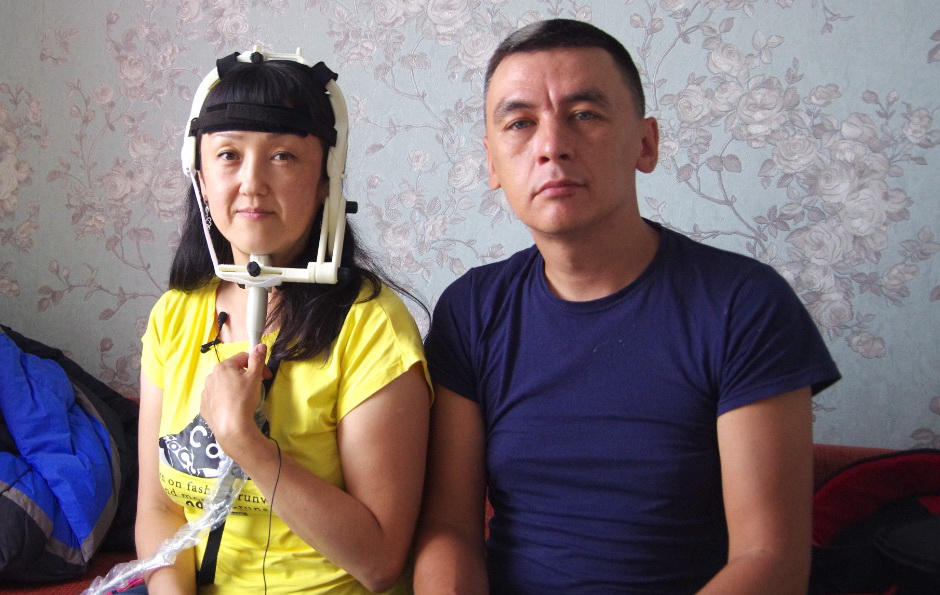TSU linguists have recorded five dialects of Siberian Turkic languages in villages in Khakassia and the Kuznetsk Basin. This will help trace the history of the interaction of Turkic languages and estimate migration routes of the ancient Siberian population. The study was conducted using a mobile ultrasound articulograph – equipment that records how organs of speech move.
The linguists visited several villages in Khakassia and the Kuznetsk basin during their two-week expedition in the first half of August and collected phonetical data using a portable ultrasound scanner for the first time ever. As the result, they recorded four Khakas language dialects: Shor, Kyzyl, Sagai, and Kachin, and also the Teleut dialect of the Altai language
“Siberia is a unique place to study the ethnogenesis of Turkic languages. It is an area of wave action: languages overlap and differ at the same time. Here we can trace the history of language interaction and ancient peoples’ migration. Major Turkic languages are quite well-described, but minor Turkic languages are catastrophically underrecorded. And there are lots of dialects and variations of them,” says Denis Tokmashev, senior researcher at the TSU Laboratory of Linguistic Anthropology

The data was collected by method unusual for Russia: an ultrasound articulograph. The user wears a special helmet to keep a sensor on the lower jaw. This way the screen shows the tongue and some parts of the hard and soft palate. As Denis Tokmashev explains, the difference in the articulation of similar sounds can help us make conclusions on the genetic relationship of languages. This is going to be the next stage of the study; for now, the linguists have just collected the data.
Ultrasound equipment is actively used for linguistic experiments in Europe and the US. This technology has only started appearing in Russia, with TSU colleagues from the Institute of Philology of the Siberian Branch of the Russian Academy of Sciences in Novosibirsk. However, they use stationary scanners, explains Denis Tokmashev, and TSU is the first one to use portable ultrasound scanners in field expeditions.
“The main advantage of this ultrasound scanner is that we can get a great deal of information on many various languages and dialects. It’s noninvasive, we can use it on many people and figure out what is an individual feature of speech and what is a feature of the dialect. Plus, it is easy to transport,” comments Professor Anna Dybo, head of the TSU Laboratory of Linguistic Anthropology, corresponding member of the Russian Academy of Sciences.
Scientific articles based on the materials collected during the expeditions will be cowritten with Jonathan North Washington, Assistant Professor of Linguistics at Swarthmore College. He has collaborated with TSU linguists in the area of field phonetics and description of Turkic languages since 2019.
The pictures are provided by Denis Tokmashev
